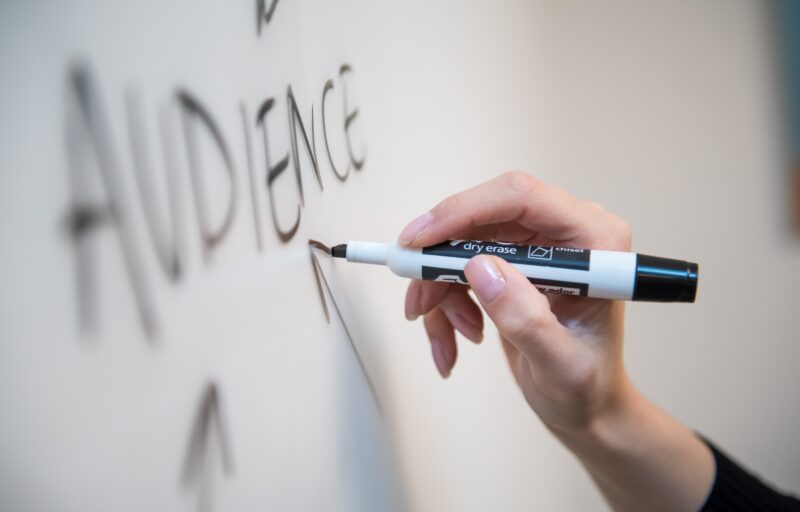Focus on what you already have: Buyer personas and profiling

Are you sitting on a goldmine of information with locked hidden potential?
The multifaceted art of sales and marketing naturally produces layers and layers of information, data, networks and relationships. Depending on your priorities, it could be that you’ve been actively collecting this information and not maximising its potential. It’s all too common, but that existing information could be a treasure trove for your business growth goals.
A great example of this is the background knowledge you have of your existing client database. It’s highly likely that your Business Development and Marketing teams already hold a great deal of knowledge on your audience. Whether it’s demographic, behavioural, geographical or preference and opinion based background knowledge, this information could prove absolutely invaluable whilst building a marketing strategy to target other prospective clients with similar traits.
Introducing buyer personas and profiling…
Personas are far from revolutionary, they’re an integral part of a marketer’s toolkit and have been for years but there are a few key tips to building really effective and useful buyer personas. Speaking from first hand knowledge, at ramarketing we’ve undertaken the same process to make sure our personas really work for us. So here’s our best ‘insider knowledge’ to help you craft your buyer personas…
Get your BD team involved
Your Business Development team interacts with buyers on a daily basis. It would be crazy not to tap into this knowledge to inform your personas. We’d always encourage a close relationship between Marketing and BD as both teams can harness information to leverage the other. Get BD involved from the very beginning of your persona building project and you’ll be armed with relevant, up to date insight about the people you’re trying to engage.
Prioritise
When you first sit down to tackle creating buyer personas, it’s highly likely that you will end up with 10-15 types of buyers. This is natural as your audience will differ slightly. Prioritise a couple of key shared traits in order to narrow them down to 2-3 groups or types of customer as it’ll make life a whole lot easier when it comes to targeting those individuals with your campaigns.
The difference between a buyer and a customer
Quite often, buyers and customers are regarded as the same thing. But what we experience is that there are a number of people involved in the buying process. Some are key stakeholders, some advise, and some make the actual purchasing decision and hold the budget. Include these people whilst creating your personas to make sure you’re targeting these people with the information they need to know in order to convert them.
Don’t just think rationally
It can be easy to focus solely on the facts when collating the information you need to build your personas. But we’re all human. We buy from people and sell to people. Think about the emotive reasons your buyer may behave in a certain way. Consider the challenges they face, not just in their work role but in their day to day life. This way you’ll pick up on ways you can appeal to that person and stand out from the crowd of competition. Work out what they want in order to give them what they want.
Use data to validate
Use the data you already have to validate the personas, once they’re built. Look at your database. Ask yourself questions based on the data. Is this the job title we usually encounter? Where is this person based? Roughly what is their age and personal background? Which industry events does this person attend? What are the key challenges in their role, ie. What objectives and KPIs are we working towards? Your personas should be in line with some of the data you already hold so it’s a great way to sense check if what you have created is in line with what you already know.
Related news, insight and opinion




